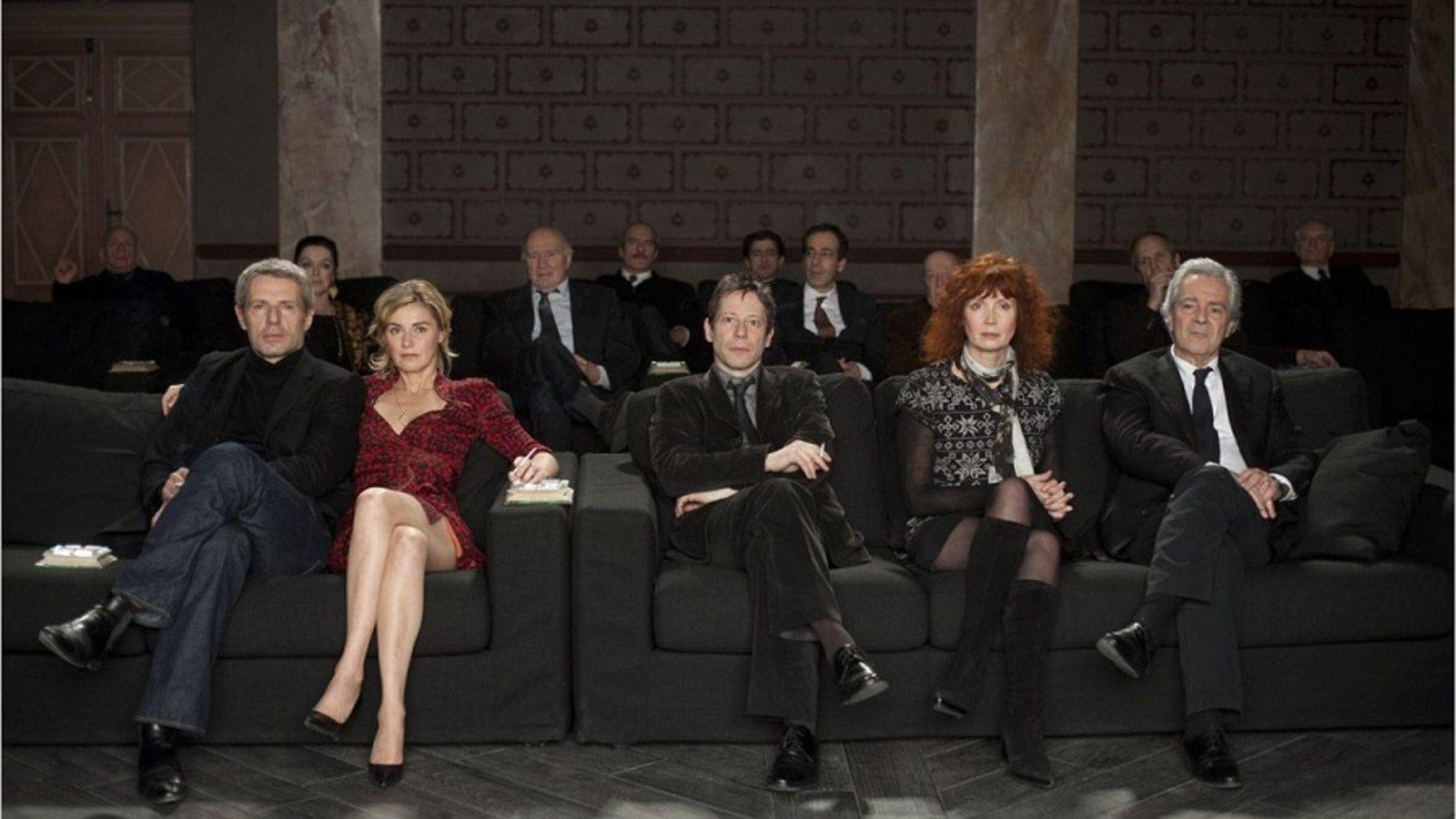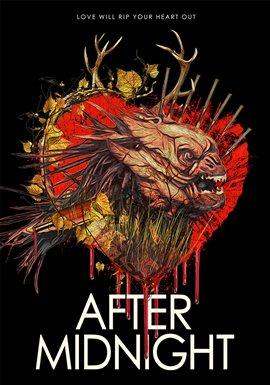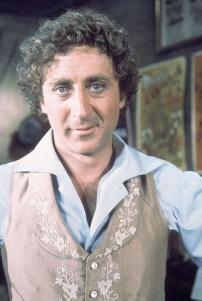Under the Kanopy: Two with Michel Piccoli

By Craig J. Clark
Downtown Library: 10:00 AM – 6:00 PM
Ellettsville Branch: 10:00 AM – 6:00 PM

By Craig J. Clark

by Craig J. Clark
Ex Libris: The New York Public Library (Frederick Wiseman, 2017)
The first time I heard First Aid Kit, composed of doe-eyed Swedish sisters Klara and Johanna Söderberg, I had stumbled across their melancholic ballad "Ghost Town" on an episode of NPR’s Echoes. From the very first, when I heard them croon, “Maybe I should just turn around and walk away / For no matter how much I want to stay / You know I can’t / It’s just too late”, I was hooked.
April is Jazz Appreciation Month—a great time to learn more about America’s original art form through the Library.
Originating in the 1910s, jazz has roots in African traditions, blues, ragtime, and European classical music. Gary Giddins’ and Scott DeVeaux’s book Jazz traces the genre's evolution from the early twentieth century to the fusion sounds of more recent times, and describes the major influences in its development. In the Emmy-nominated documentary miniseries of the same name, Ken Burns' Jazz traces the music's history from its beginnings in the African-American community of New Orleans.
Well, maybe not quite.
Listening to the Dropkick Murphys, I’m swept into their Irish-Catholic South Boston neighborhood. The sense of place in their rough-and-tumble songs is simply that strong—and not just on account of the accent coming through in the vocals.
The Murphys are a curious blend of genres: they’re described as both hardcore punk and Celtic folk, and you can definitely hear both in their music. I’d add unapologetically, jubilantly brash. And raucous. Irreverent. Throbbing with life, vitality, emotion, even a little death. Not above making fun of themselves.
And prolific. This year’s 11 Short Stories of Pain & Glory, peaking at number eight on the U.S. Billboard charts, follows a dozen releases by the Murphys since 1998. You may
 I can still remember the first time I saw Gene Wilder in a film. He was playing a mousey accountant by the name of Leo Bloom who, while going over the books of once-famous Broadway Producer Max Bialystock makes the casual observation that it would be possible, though dishonest, to make more money with a Broadway flop than a successful production. The film was “The Producers,” and the rest they say is history and Gene Wilder screamed his way into being one of my favorite comedic actors as Zero Mostel stood over him while he lay on the floor in a panic screaming, “Don’t Jump on me. Don’t Jump on me.”
I can still remember the first time I saw Gene Wilder in a film. He was playing a mousey accountant by the name of Leo Bloom who, while going over the books of once-famous Broadway Producer Max Bialystock makes the casual observation that it would be possible, though dishonest, to make more money with a Broadway flop than a successful production. The film was “The Producers,” and the rest they say is history and Gene Wilder screamed his way into being one of my favorite comedic actors as Zero Mostel stood over him while he lay on the floor in a panic screaming, “Don’t Jump on me. Don’t Jump on me.”
Gene went on to star in many well-known comedies: Blazing Saddles, Young Frankenstein, Stir Crazy, Silver Streak and many others. His role as candy maker Willy Wonka in Willy Wonka and the Chocolate Factory will likely never be forgotten. The library owns a number of Gene Wilder’s Films and books. You did know he was also a writer, didn't you? The link below will create a list of items to choose from. He will be missed.
Citizen Kane tells the fictional story of rich newspaper publisher Charles Foster Kane, his rise to power and eventual decline as he shifts from an idealistic publisher/editor into egotist whose power has gone to his head. It was based loosely on the life of William Randolph Hurst, but not loosely enough to suit Hurst. The film pulled few punches and Hurst was not amused at being the subject, even if indirectly of such a movie. Citizen Kane almost completely failed at the box office when it was released and even before the production was finished the film was wrapped in controversy. Director and writer Orson Wells was accused by Hurst of the being a communist, and a homosexual, both of which were considered major issues in 1941. Interestingly he also accused Wells of being a womanizer and Socialist as well. As you can see the accusations leveled at Wells were often contradictory and usually untrue. The major newspapers, owned by Hurst refused to review the film or allow it to be advertised in their pages. In fact, no review of Citizen Kane appeared in any paper owned by Hurst until the mid- seventies over 30 years after its release.
A while back I posted an entry about the 1965 movie Those Magnificent Men and their Flying Machines. In that post, I mentioned another film that came out the same year called The Great Race. While I am entranced by the old planes in Those Magnificent Men in Their Flying machines, The Great Race is really my favorite of the two. The film stars Tony Curtis as “The Great Leslie,” a stereotype 1910 pure as gold hero in white and Jack Lemmon as Professor Fate, a stereotype 1910 pure villain in black and tells the story of their race around the world by automobile. Leslie and Professor Fate are not the only cars racing. The race starts with a much larger pack of automobiles;
In 1965, there were two racing comedies released both of them set during the first 10 years of 1900’s. The more popular of two was “The Great Race,” which was about an around the world automobile race; the second was Those Magnificent Men and their Flying Machines, about an air race between London and Paris in very early and flimsy aircraft. While I will admit there is something special about The Great Race and it certainly had more stars who were known in the United States, Those Magnificent Men and their flying Machines had something the other did not … History.
What do I mean by history? First of all, there is the light-hearted review of man’s attempts to fly featuring the comic skills of Red Skelton mixed with historic footage of some of the more outrageous of man’s attempts and failures to fly before the opening credits. You are not likely to see more historical film footage of man’s failed attempts to fly in another movie. But of even greater interest to someone like me is that every plane used in the film was a recreation of a historic airplane from the birth of aviation. In a few cases, they added some safety devices or a small change was made to better protect the pilots, but the planes did fly, or, at least, those that were supposed to fly did, and they were actually flown for the movie’s footage.
If the stories I’ve heard are true there is a five-gallon bucket somewhere in the United States that contains a batch of red silicone still moist from the 1958 production of The Blob. Supposedly it is brought out and displayed at the annual Blobfest in Phoenixville PA where many of the scenes for the movie were shot. The Blob is one of many science fiction movies of the 1950’s that told of some unknown horror coming from outer space that endangers the world. A lot of these were extremely low budget and featured extremely bad special effects even taking into account the time they were produced.